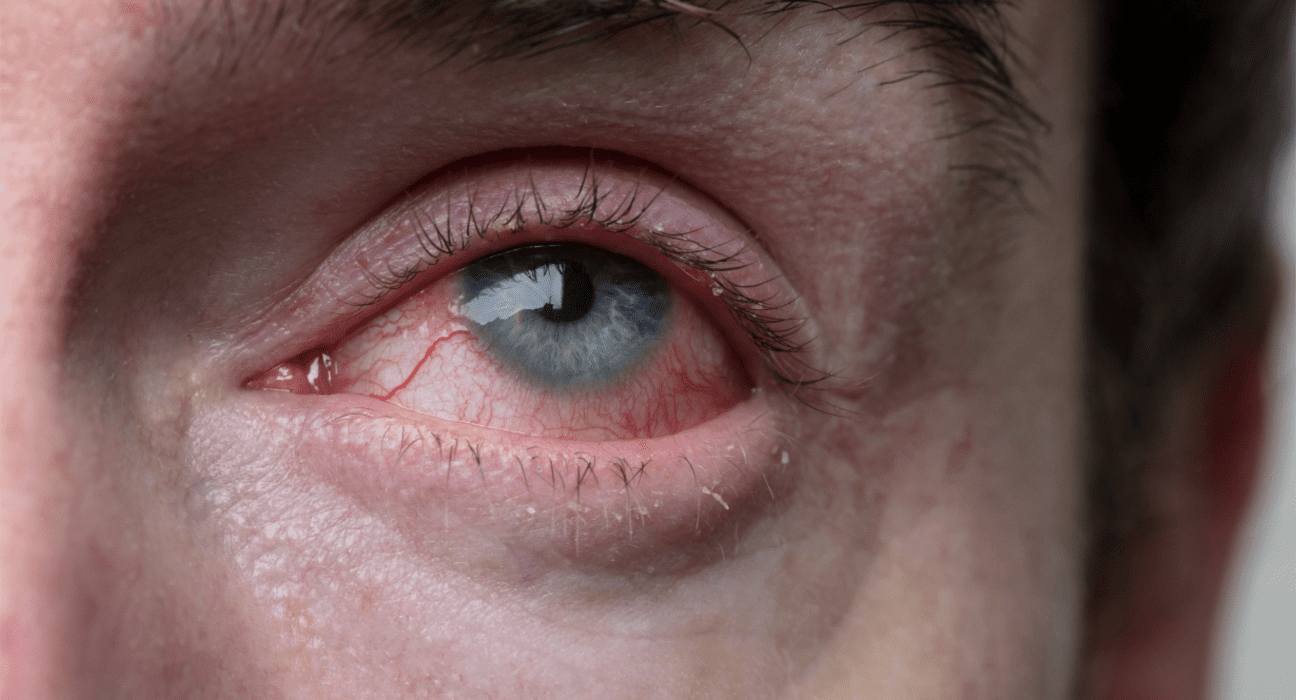Approximately, 100 cases per day of ‘Eye Flu’ which is also know as ‘Pink EYE’ has been registered in India as per the report of All India Institute of Medical Science (AIIMS) Delhi.
Mumbai experiences a significant increase in conjunctivitis cases this rainy season, healthcare experts sound an alarm about the highly contagious nature of this eye infection. Compared to previous years, there has been a concerning 10-15% increase in conjunctivitis cases. Approximately 15% of daily outpatients are presenting with symptoms of conjunctivitis, and these cases appear to be more virulent and highly contagious.
Not only in Mumbai, all over India seen unusual rise in eye flu cases this year due to heavy rains and flooding, according to doctors and health experts.
There has been an increase in conjunctivitis cases across the country as a result of unusual showers, flooding, and increased moisture in the atmosphere. Because a lot of bacteria and viruses thrive in this season due to high humidity and contamination of water, the cases are rising dramatically. As children are more vulnerable than adults, it generally affects more children than adults,” Dr Harshwardhan Ghorpade, Cornea, Cataract and Refractive Surgeon, Hiranandani Hospital.
Acute conjunctivitis may be caused by a viral infection (most likely an adenovirus) or a bacterial infection, according to Dr Meenakshi Dhar, HOD of the Department of Ophthalmology, Amrita Hospital, Faridabad. Watery discharges are typical of viral infections, while yellow or white discharges are typical of bacterial infections.
Eye flu in india: Symptoms
Eye flu symptoms include:
- Agony – suffering in pain in eyes
- The color red – redness in eyes
- Vision that is blurry- vision is not clear in eye flu
- Angioedema -swelling in eyes
- Eyes that are constantly watering – excessive watering in eye flu
- Eyelid stickiness -eyelids sticks
- Discharge of fluid
- Crumbing
- There is sometimes blurring of vision as well.
“Even though it usually goes away on its own, consulting a specialist is a good idea if it is extremely painful and lasts longer than one week,” Dr. Ghorpade advised.
Diagnosis and treatments of eye flu in India
A person’s treatment for conjunctivitis depends on the type of pink eye they have.
A cold, wet cloth may provide comfort in both cases upon application of antibiotics, anti-inflammatory and lubricant eyedrops and ointments by the eye doctor.
Dr. Ghorpade revealed that wearing sunglasses and not looking at infected people does not prevent the spread of conjunctivitis.
In order to prevent the spread of this disease, good hygiene habits should be maintained and items used by the infected person should not be touched. This disease spreads through direct contact or touch of items such as towels, pillow covers, faucets, door handles, etc.
“Infection can occur when infected hands touch the eyes. Wearing glasses will prevent unnecessary touching of the eyes,” Dr. Dhar explained.
Precautions & Measures
Infected people should take precautions to prevent the infection from spreading to those around them. They should keep their eyes clean and wash their hands frequently, according to Dr. Dhar.
The symptomatic treatment can include Ofloxacin/ Ciprofloxacin/ Chloramphenicol/ Tobramycin Eyedrops 3-4 times/day, as well as Decongestant Eyedrops like Mezol 2-3 times/day. It is helpful to boil cotton and water for 10 minutes, then cool it down until it is comfortable to apply the wet cotton to your eyes. If it is severe, a doctor should be consulted.
As conjunctivitis is highly contagious, infected people should stay indoors
Preventions of Eye flu in India
The best way to prevent and stop the spread of this disease is to practice good hygiene practices. This includes:
- Avoid touching your eyes with unwashed hands whenever possible.
- Whenever you are caring for an infected individual, you should clean the discharge with disposable sterile gauze and wash your hands after handling the eyes for cleaning or applying drops.
- After coming from the outside, wash your hands often and thoroughly with soap and water.
- Wipe your face and eyes with clean tissues and towels.
- Cosmetics, especially eyeliner and mascara, should not be shared.
- Contact lenses should always be cleaned or replaced. If you have conjunctivitis, you should not wear contact lenses.
- Pillowcases should be washed frequently.
- Keep your hands away from your eyes
- Do not share towels, and avoid swimming or putting water in your eyes.
- Taking medication as prescribed by a specialist is important.
Affected kids should not be sent to school until their eyes are red/dysing. It is also recommended that office workers work from home, if possible, to prevent the spread of the illness. Children should also be advised not to touch their eyes or faces at school. Infected persons can contaminate pool water, so swimming should be avoided. The prognosis is usually good for eye flu. Taking proper measures and treatment can help contain the spread of this epidemic.
Also Read:
